
Yesweed | Strategy | UX | Project Management
When I joined the Yesweed project, the cannabis industry was missing a centralized, user-friendly platform for both customers and vendors - especially for delivery-based market businesses. I started as a UI/UX Designer, and soon took over as Project Manager, guiding the product from an ambitious concept into a functioning platform with real traction in a crowded and poorly-served market.
This wasn’t just about design - it was about building trust, utility, and simplicity into a high-stigma industry with legal constraints and limited user trust. With each iteration, we uncovered new ways to retain users, onboard vendors faster, and simplify order reservations resulting in an MVP that hit product-market fit faster than projected.
I wore two hats: Design Lead and Project Manager.
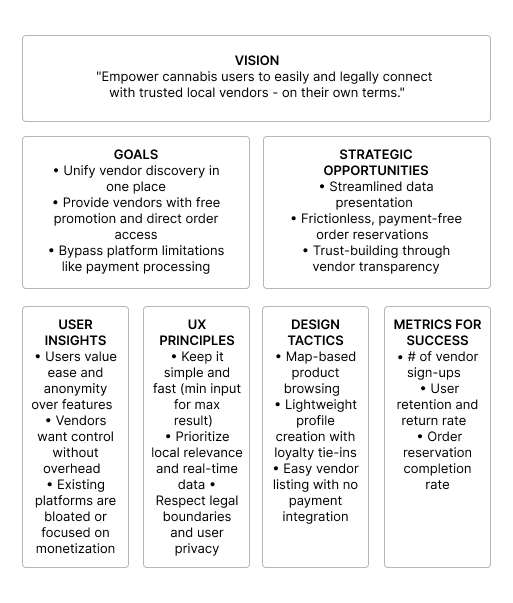
User research, industry analysis, competitive audit
From the beginning, the goal was clear: connect cannabis users with local vendors easily and legally, despite industry restrictions.
We began with 3 hypotheses:
We ran competitive audits across e‑commerce and marketplace models—not just cannabis‑focused—to understand key usability flows like:
The research pointed to one major opportunity: streamlined data display and ultra‑easy order reservation, without payments.
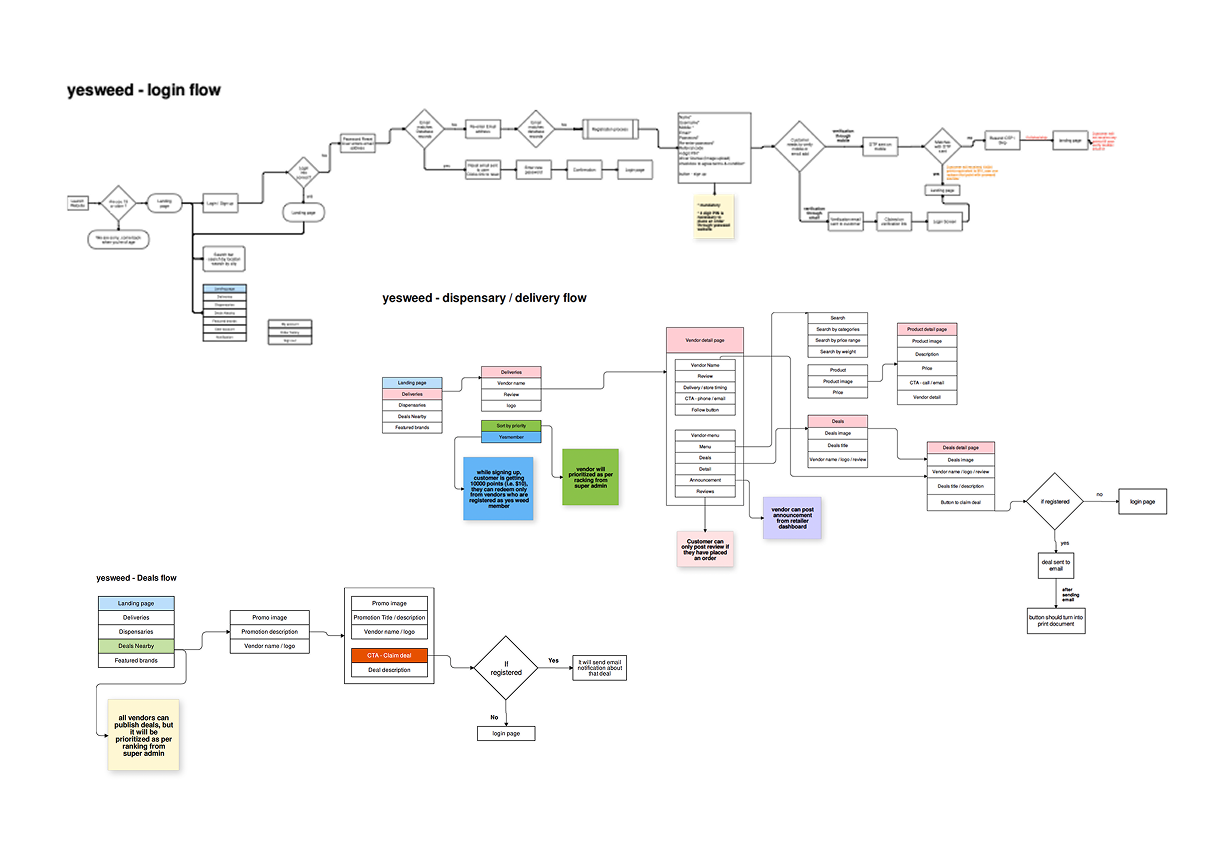
Goal: Get users browsing and reserving orders with minimal friction.
What we launched:
Challenge: Too much info on the homepage led to drop-offs after 1–2 sections.
Result: MVP adoption was promising, but drop-off after first scroll showed information overload. Next move: Simplify content architecture.

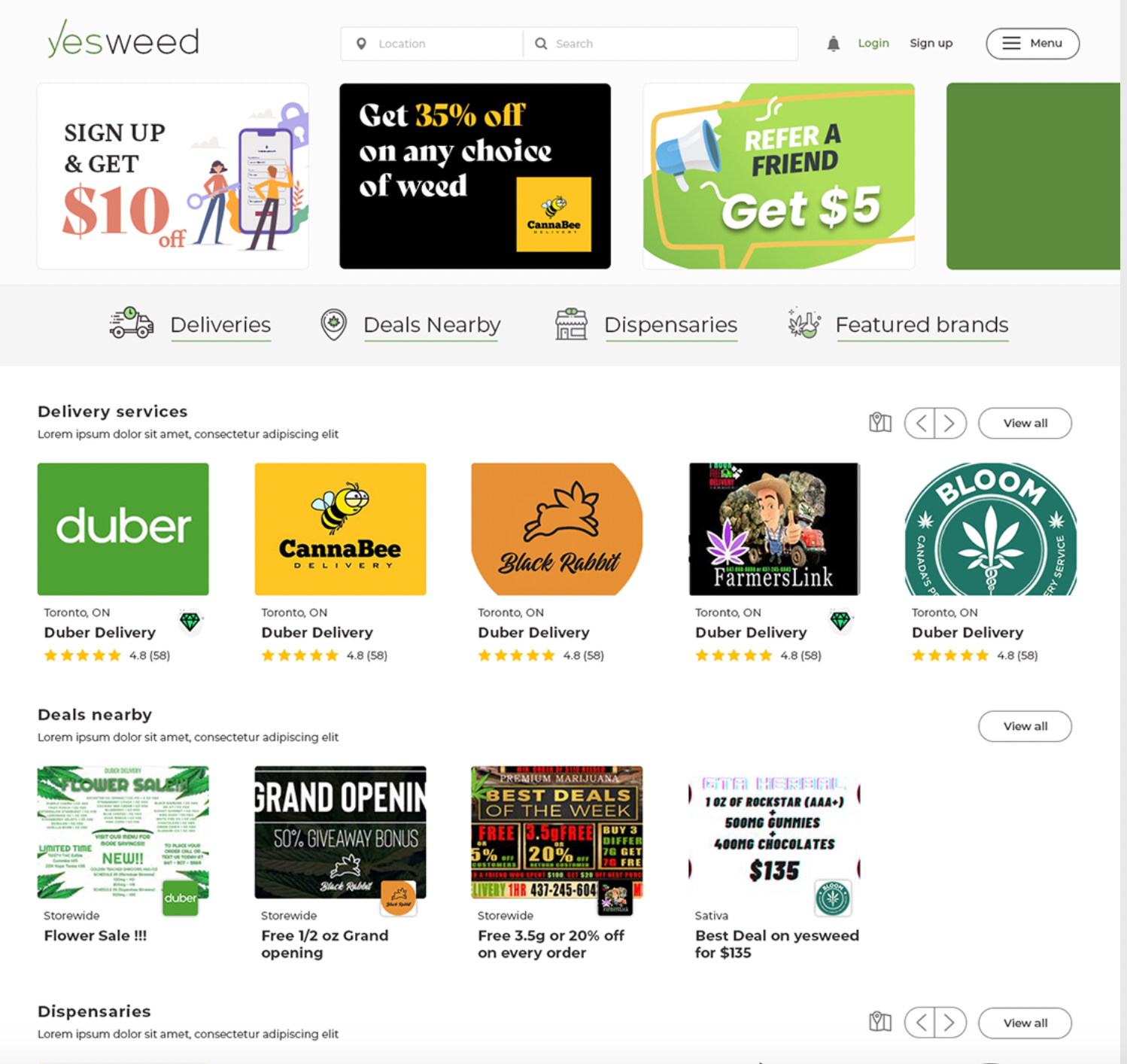
Hypothesis: Users need clearer segmentation between vendor discovery, deals, and reward programs.
What changed:
We also began onboarding vendors via a simplified intake form.
Result:
Hypothesis: Gamification via rewards and profile completion will increase retention.
What we launched:
Result:
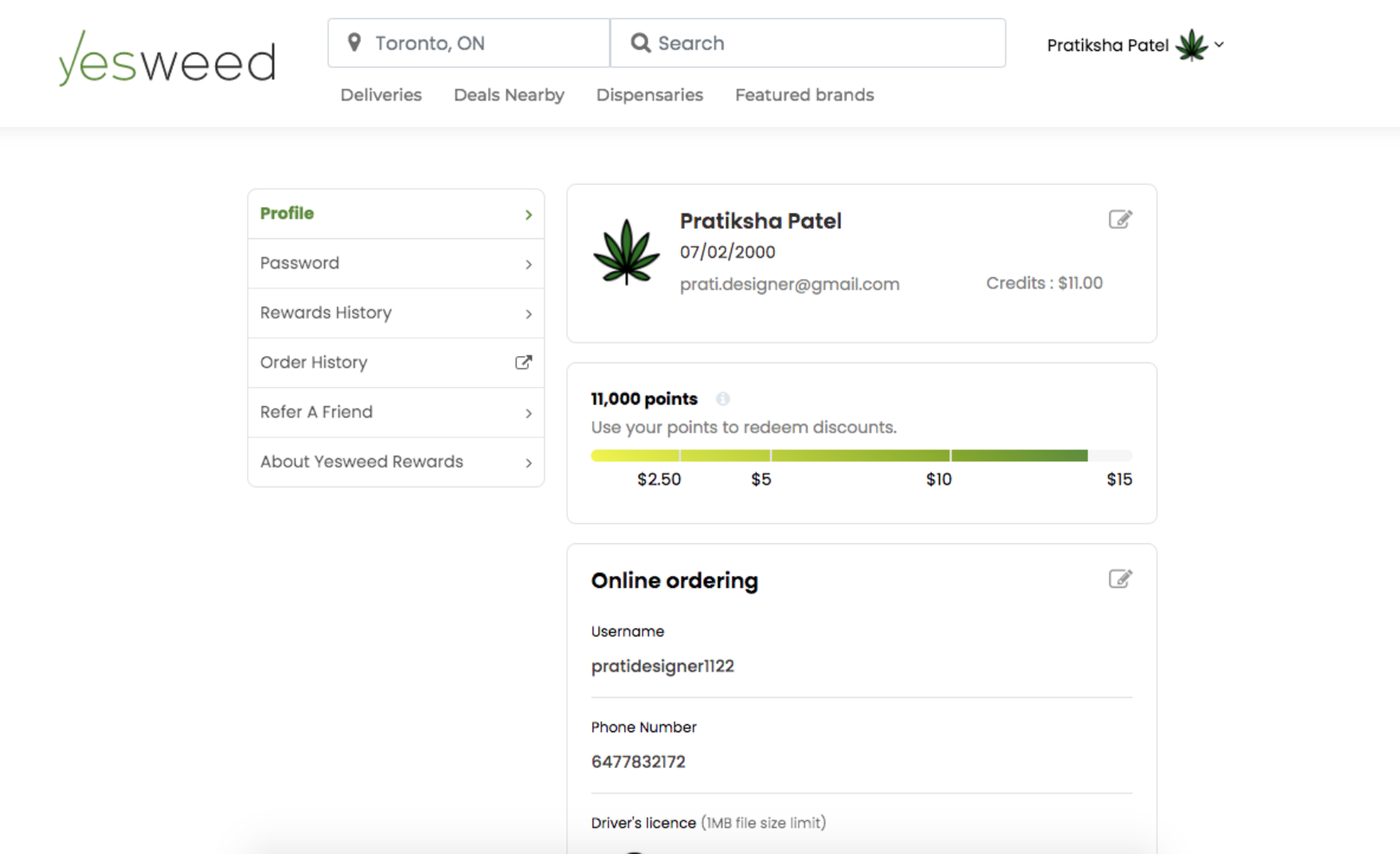
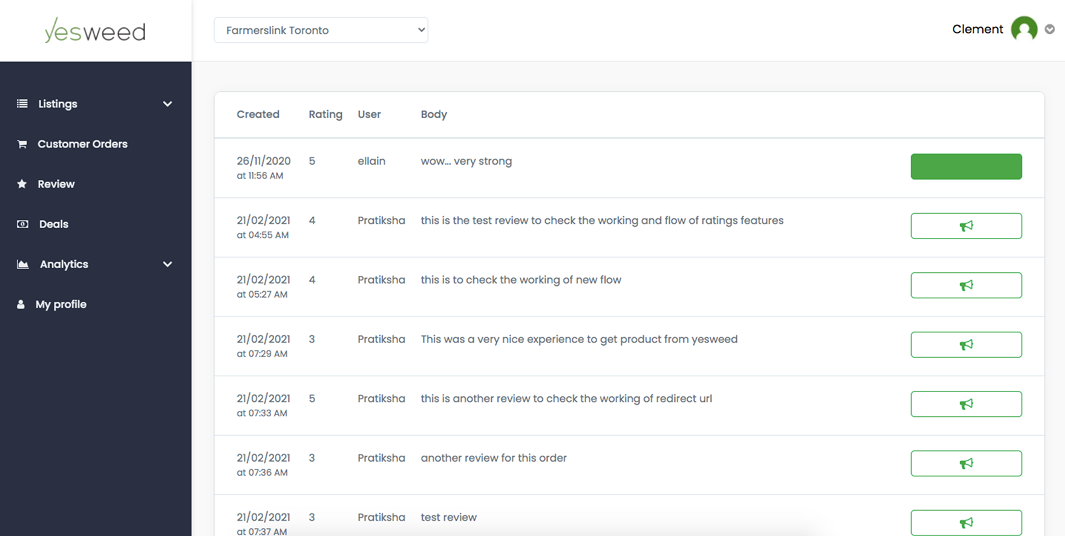
Hypothesis: Vendors want more exposure and control over how they’re promoted.
What we launched:
We also began exploring A/B tests for homepage promo layouts, though limited budget meant smaller sample sizes.
Result:
This wasn’t just another vendor directory.
Yesweed became a sticky, scalable, and vendor-friendly platform in a highly nuanced industry.